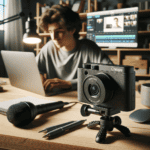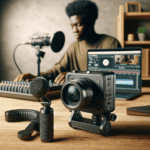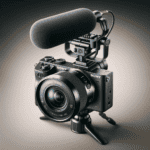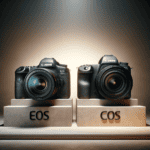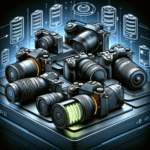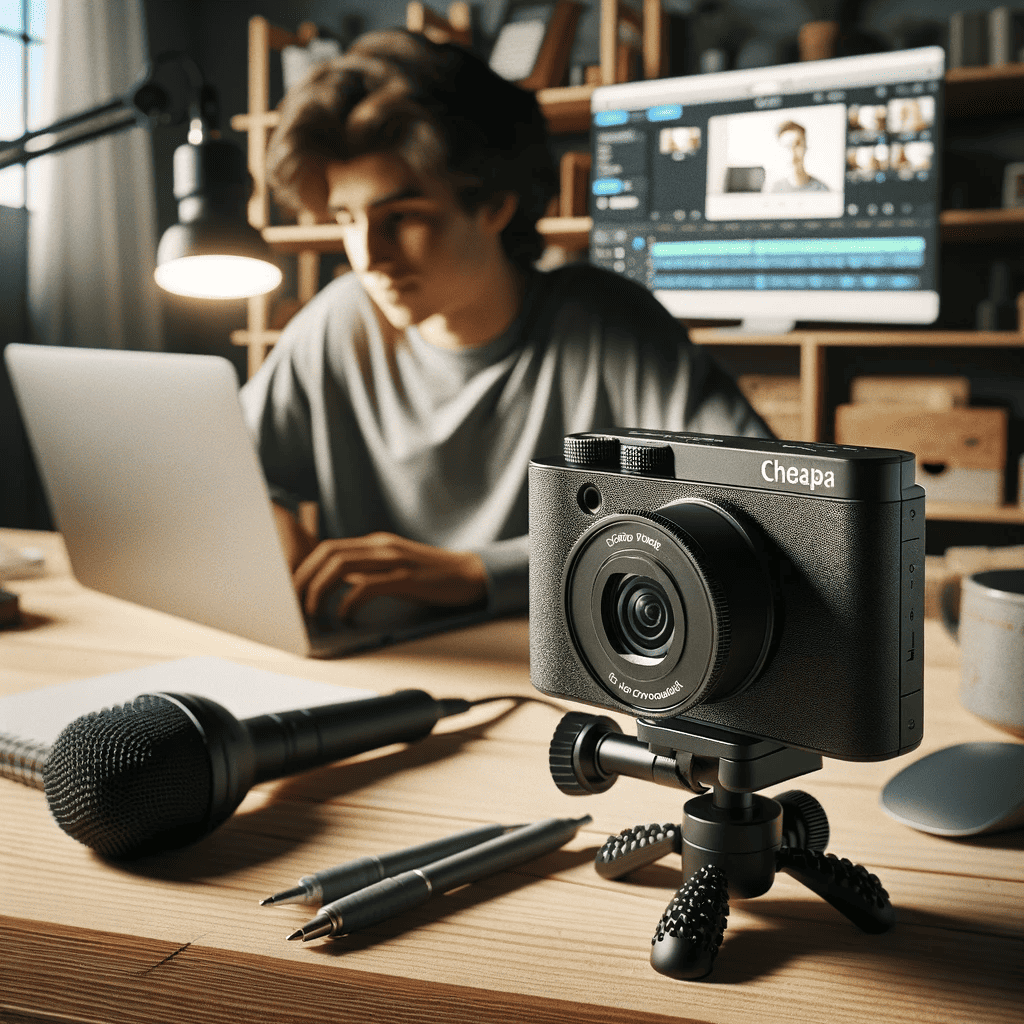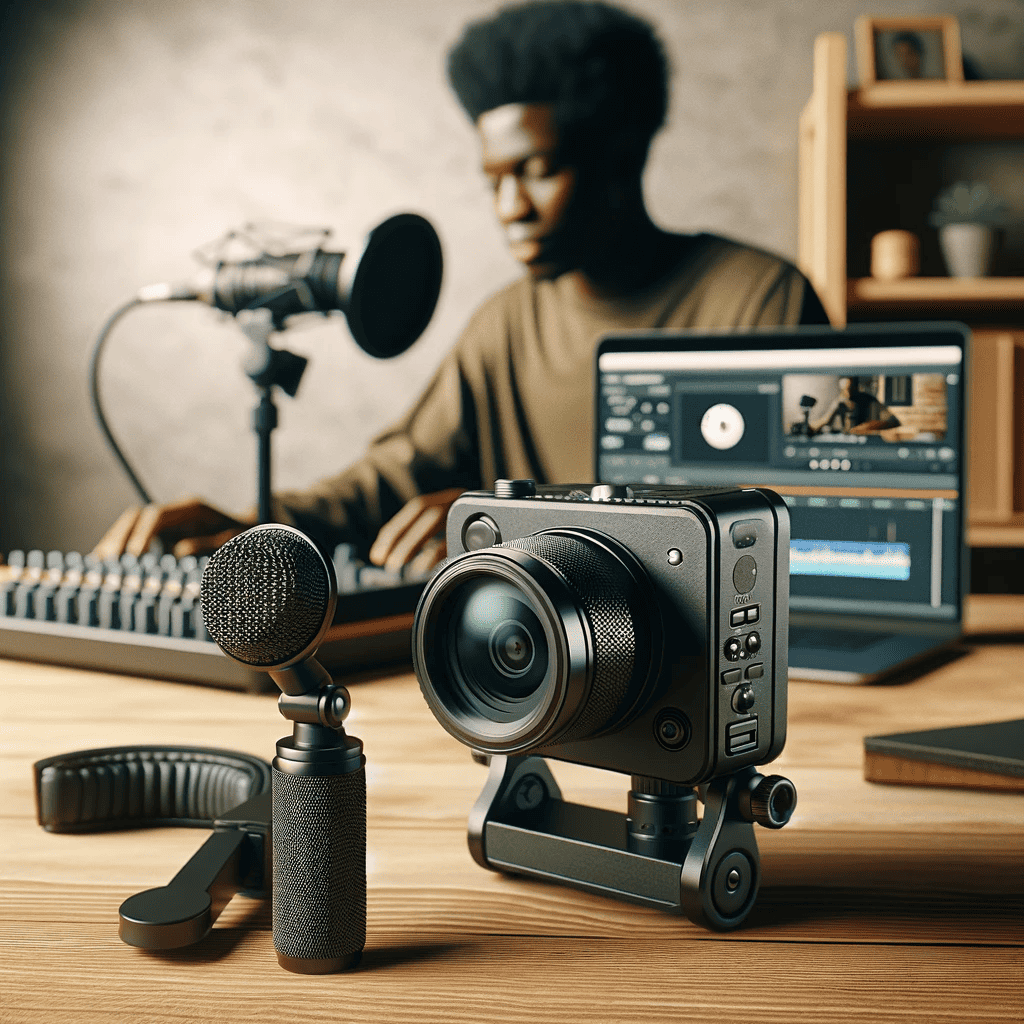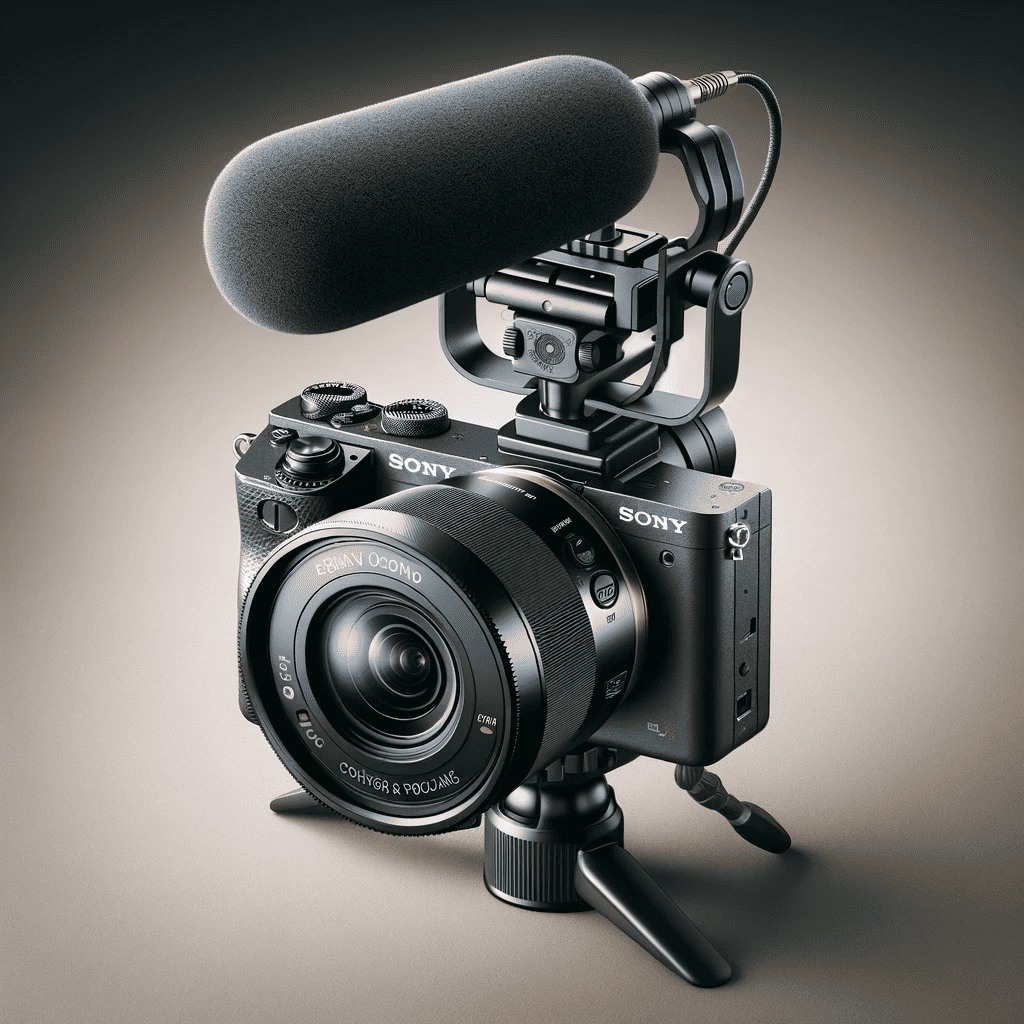Introduction
The importance of photography in aquariums is immense. It allows us to capture and document the captivating beauty of aquatic life, creating lasting memories and sharing them with others.
Photography also plays a crucial role in scientific research, conservation efforts, and education about marine ecosystems. By capturing stunning images of underwater flora and fauna, we can raise awareness about the importance of preserving these delicate habitats.
Finding the best digital camera for aquarium photography requires careful consideration. A camera that excels in this specific niche should be equipped to handle the unique challenges faced in an aquatic environment.
From dealing with low-light conditions to capturing fast-moving subjects underwater, the ideal camera must possess certain features to ensure exceptional image quality. In this article, we will explore these key features in detail and provide recommendations for top digital cameras suitable for aquarium photography.
Exploring the Challenges of Aquarium Photography
Photographing aquatic life presents several unique challenges. The lighting conditions in aquariums can be tricky to navigate.
Different tanks may have varying levels of artificial lighting, which can affect the overall color accuracy of the images. Furthermore, the presence of water often causes light to refract and scatter, resulting in inconsistent illumination within the tank.
Achieving accurate white balance becomes crucial in order to capture natural colors underwater. Capturing fast-moving subjects underwater requires a camera with a capable autofocus system.
Fish and other aquatic creatures move swiftly and unpredictably, making it challenging to achieve sharp focus on them. The autofocus system must be able to track and lock onto moving subjects quickly and accurately.
Dealing with glass reflections and distortions is another obstacle when photographing aquariums. The reflections from the glass or acrylic walls can obstruct the view or create unwanted glare in the images.
Additionally, depending on the tank’s thickness or quality, distortion may occur, affecting image clarity. Overcoming these issues requires careful positioning and adjustment of shooting angles to minimize reflections and distortions.
Overcoming Lighting Challenges in Aquarium Photography

To overcome lighting challenges when photographing aquariums, it is essential to choose a camera that excels in low-light performance while maintaining color accuracy. Cameras with high ISO capabilities are ideal for shooting under low-light conditions commonly found in aquariums. A higher ISO allows for faster shutter speeds without compromising image quality by introducing excessive noise.
Noise reduction algorithms are also crucial for maintaining image clarity at higher ISO settings. Accurate color reproduction is vital for capturing vibrant and natural-looking images of aquatic life.
Some digital cameras offer customizable white balance settings that allow users to fine-tune color temperatures according to individual tanks’ artificial lighting conditions. This adjustment ensures that colors appear as close as possible to their true representation.
To achieve better control over lighting conditions, external lighting options such as underwater strobes or continuous lights can be utilized. These lighting sources help enhance the overall illumination within the tank and mitigate the challenges posed by uneven or insufficient aquarium lighting.
Low-Light Performance and High ISO Capabilities
Low noise levels in high ISO settings are crucial for capturing clear and detailed images in the challenging lighting conditions of aquariums. With higher ISO, the camera’s sensor becomes more sensitive to light, allowing you to shoot in dimly lit environments without sacrificing image quality.
Cameras with excellent low-light performance can produce minimal noise even at high ISO levels, resulting in cleaner and more vibrant images. Highlighted cameras with outstanding low-light performance include the Nikon D850 and Sony Alpha a7S III.
These cameras feature large sensors with high pixel counts, allowing them to capture more light and provide enhanced low-light capabilities. The advanced noise reduction algorithms employed by these cameras further reduce noise levels, resulting in sharper and more detailed images even in challenging lighting conditions.
Fast Autofocus System and Continuous Shooting Speed
A quick autofocus system is essential for capturing fast-moving fish or plants within an aquarium environment. It ensures that you can accurately focus on your subjects without missing crucial moments.
Cameras with advanced autofocus technology offer faster acquisition speeds, improved subject tracking capabilities, and increased accuracy. Cameras such as the Canon EOS-1DX Mark III and Sony Alpha a9 II excel in this aspect.
They utilize sophisticated autofocus systems featuring numerous focus points spread across the frame, enabling precise tracking of moving subjects. Additionally, their high-speed continuous shooting modes allow you to capture a series of images rapidly—ideal for photographing dynamic aquatic scenes or decisive moments.
Macro Capabilities for Capturing Intricate Details
Capturing intricate details of corals, anemones, or small fish requires macro capabilities—a feature commonly found in specialized lenses designed for close-up photography. Macro lenses enable you to get up close to your subjects while maintaining sharp focus on fine details. Cameras with built-in macro modes or compatibility with macro lenses, such as the Nikon Z7 II and Canon EOS R5, offer excellent options for aquarium photography enthusiasts.
These cameras provide dedicated macro modes that optimize settings for close-up shots or have a wide range of compatible lenses specifically designed for macro photography. The ability to capture the delicate details of underwater life adds a new level of fascination and depth to your aquarium images.
White Balance Control and Color Accuracy
Accurate white balance is essential in reproducing natural colors underwater. Different lighting conditions in aquariums can create color casts, altering the appearance of aquatic life. Cameras with customizable white balance settings allow you to fine-tune the color temperature and achieve accurate color representation.
Cameras like the Sony Alpha a7R IV and Canon EOS R6 offer extensive white balance control, including preset modes for specific lighting conditions or manual adjustment based on custom measurements. These cameras facilitate achieving true-to-life colors by compensating for the unique lighting variations within an aquarium environment.
Top Digital Cameras for Aquarium Photography

Nikon D850: Capturing the Depths with Excellence
The Nikon D850 stands out as an exceptional choice for aquarium photography due to its remarkable low-light performance, high resolution, and fast autofocus system. Its impressive ISO range allows you to capture stunning images even in challenging lighting conditions within an aquarium.
The 45.7-megapixel sensor ensures incredibly detailed photographs, bringing out the intricacies of underwater life. With its advanced autofocus technology, the Nikon D850 enables swift and accurate focusing on fast-moving subjects like fish or plants, ensuring you never miss a moment.
Canon EOS-1DX Mark III: Speed and Quality Combined
When it comes to capturing fast-paced aquatic scenes with precision and finesse, the Canon EOS-1DX Mark III excels. Its impressive continuous shooting speed allows you to capture a sequence of shots rapidly, ensuring you don’t miss any crucial moments in your underwater photography.
The camera’s excellent image quality ensures sharp details and vibrant colors that accurately represent the beauty of aquatic life. Additionally, the rugged build of the Canon EOS-1DX Mark III makes it suitable for adventurous photographers who want to explore underwater environments without worrying about their equipment’s durability.
Conclusion
When venturing into aquarium photography, having a reliable camera is vital to capture underwater wonders faithfully. The Nikon D850 impresses with its exceptional low-light performance and high resolution capabilities, bringing out every detail in your photographs.
On the other hand, if speed and robustness are your priorities, the Canon EOS-1DX Mark III offers outstanding continuous shooting speed paired with excellent image quality in a rugged package. By choosing either of these top digital cameras for aquarium photography, you can unleash your creativity and capture breathtaking images that showcase the mesmerizing world hidden beneath the water’s surface.
So, dive into the depths with confidence, knowing you have the tools to capture stunning moments and share the beauty of aquariums with the world. Happy shooting!

